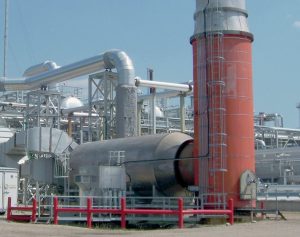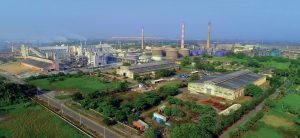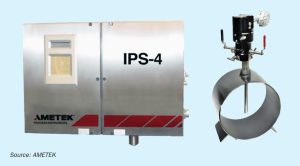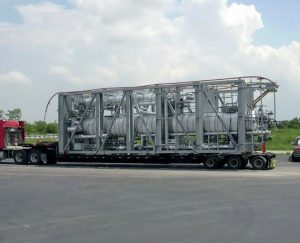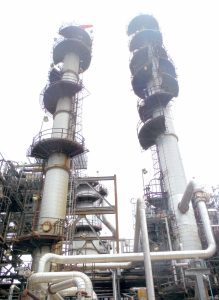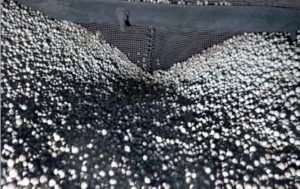A formal signing ceremony has been held between senior company executives from KMG PetroChem, Tecnimont and the Kazakh government for the construction of the new Tengiz Gas Separation Complex (GSC) project. The ceremony was held at KMG PetroChem headquarters, in the Atyrau region of Kazakhstan. The Tengiz GSC project’s scope of work includes engineering, procurement, construction and commissioning works, with Tecnimont mainly responsible for the EPC works. Completion is expected by the first quarter of 2029. Once completed, the gas processed by the GSC will feed the Silleno petrochemical plant, another project currently being executed by Tecnimont in the region. The GSC is designed to recover at least 98% of ethane from dry gas, while the Silleno complex is expected to deliver high-quality petrochemical products. KMG PetroChem is a fully owned subsidiary of Kazakhstan’s national oil and gas company KazMunayGas.


